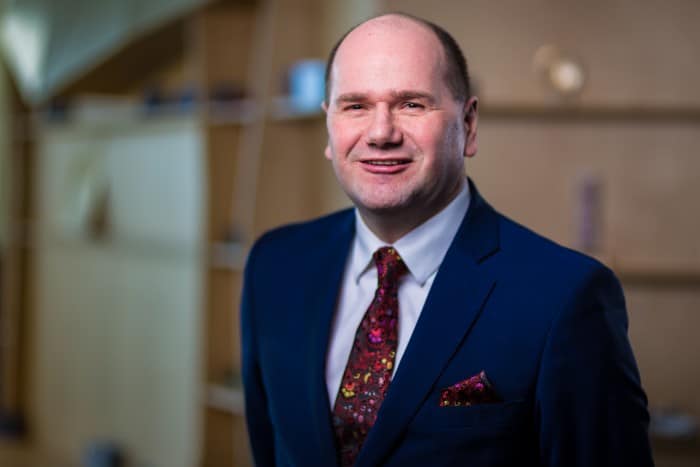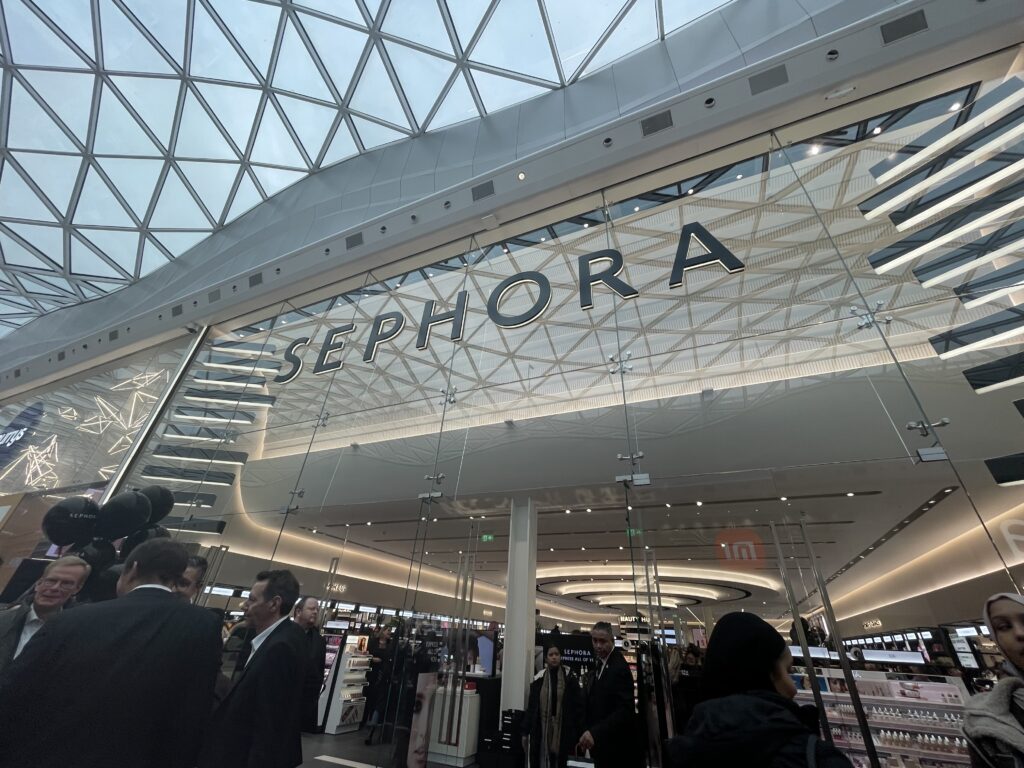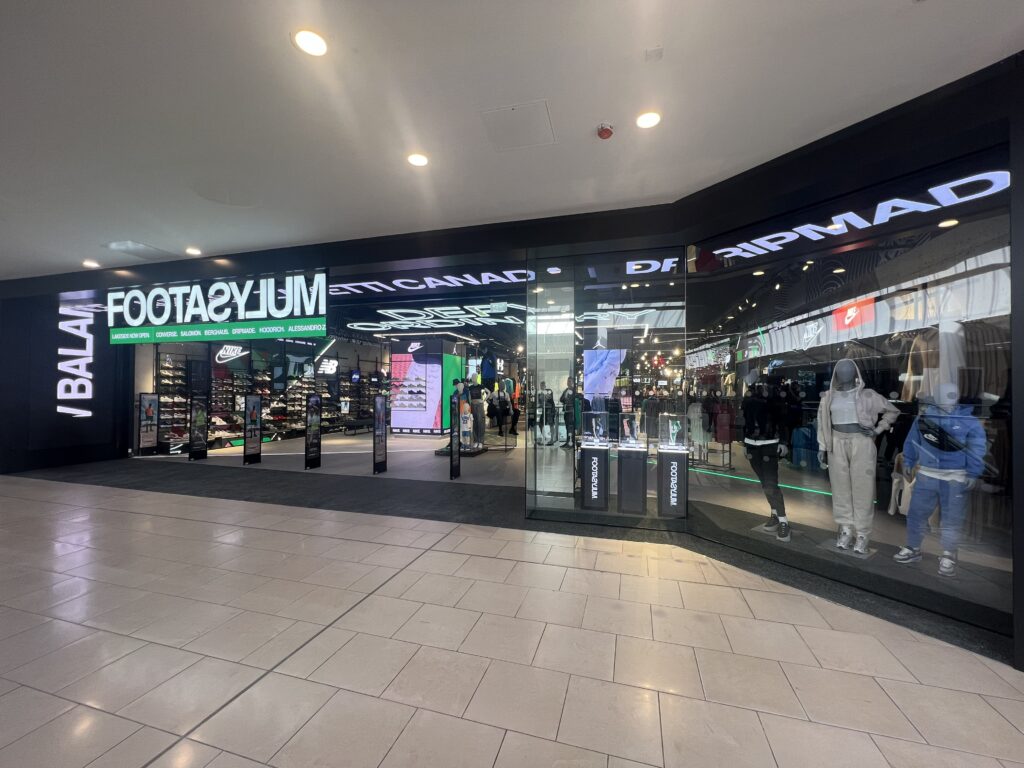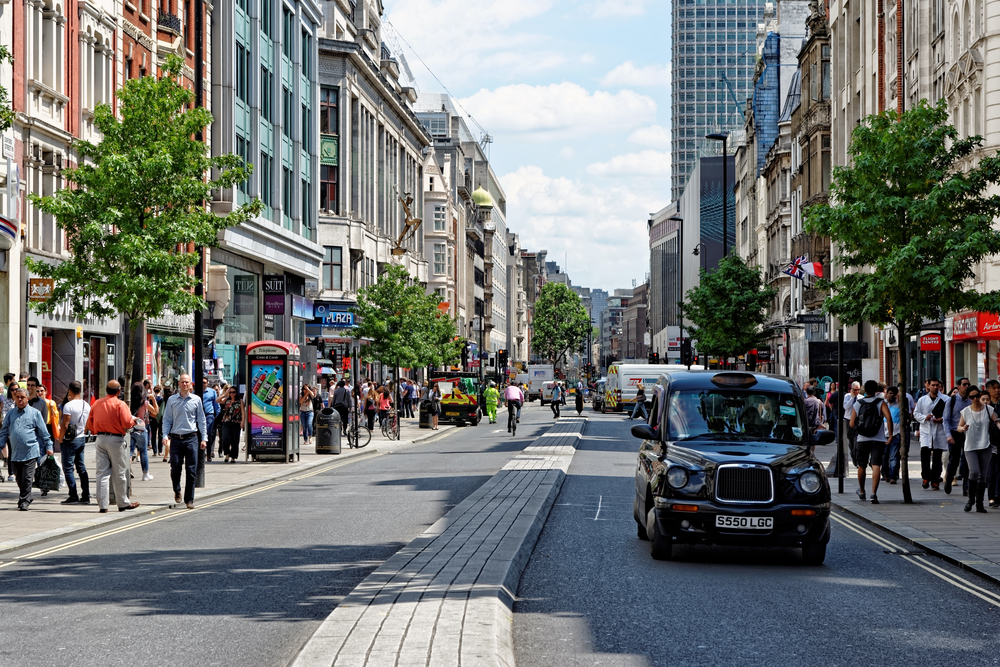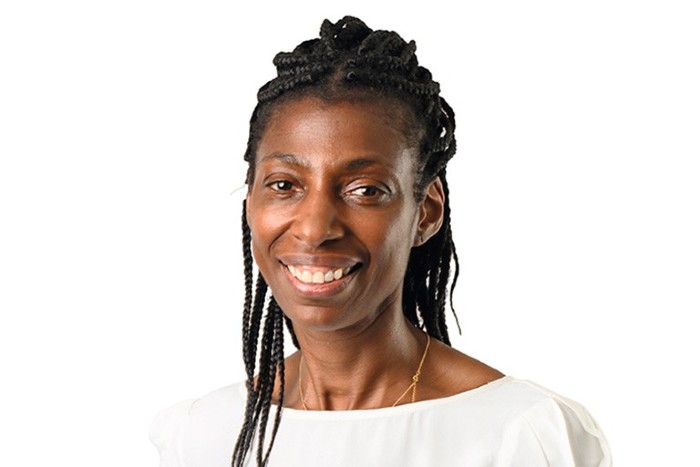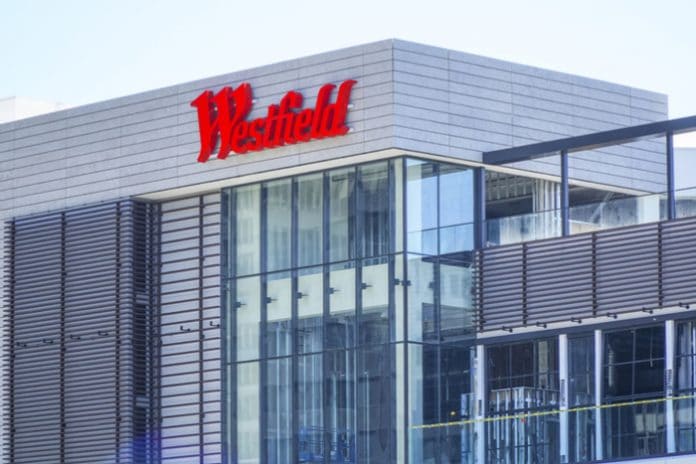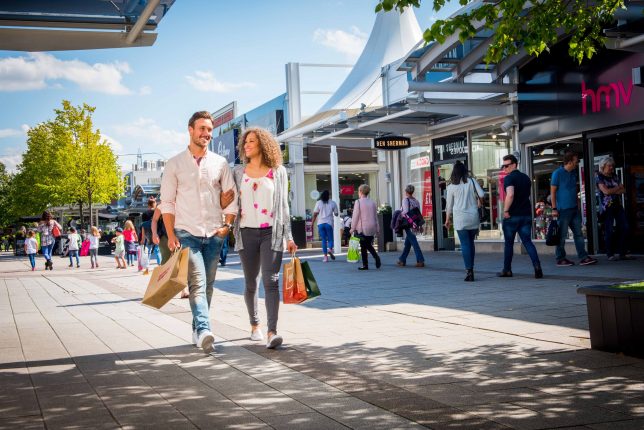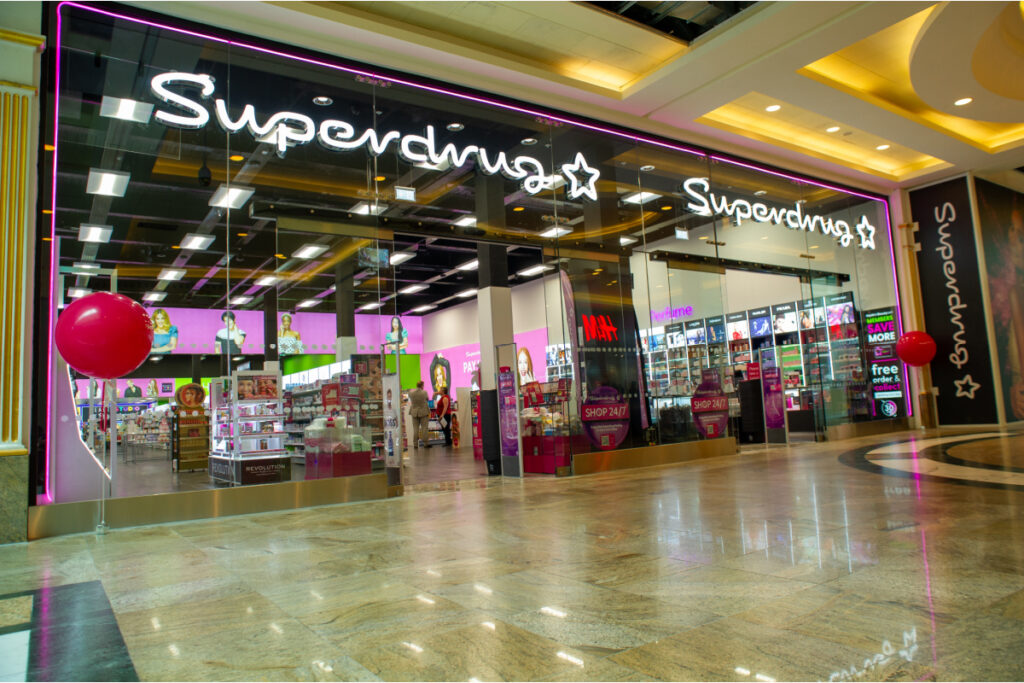Tell me about the Edinburgh St James story.
The original St James Shopping Centre was opened by the Queen in 1972 as part of a larger development, including the King James Hotel and the Scottish Government’s offices as part of slum clearance programme at the east end of Edinburgh.
We acquired the then-half full shopping centre and the derelict offices above back in 2006. I think the local papers called it the “capital’s most hated building” when it closed.
Since then we have launched the Edinburgh St James brand, which encapsulates our integrated approach to the development, blending the scheme into the city. We are literally “putting Edinburgh first” in name and in the environment we are creating.
When did redevelopment start, and when is it expected to finish?
Demolition began in October 2016, with construction commencing at the beginning of 2018. The retail element is set to open in October 2020 and the hotel in early 2022.
At 1.7 million sq ft, it’s a complete redevelopment, featuring Scotland’s first five-star W Hotel – W Edinburgh, a Scottish flagship Everyman cinema, a Roomzzz Aparthotel, Zara and a host of its Inditex stablemates, a flagship Next, in addition to integrating the existing Harvey Nichols and John Lewis into the mix.
What impact will the centre have on the local retail scene?
Our aim is to strengthen Edinburgh’s retail offering and drive footfall and spend through innovation and, of course, securing brands that the city wants and needs. The development focuses on completing and enhancing the existing primary shopping circuit, not tearing it up and starting again. It encourages the primary use of public transport and cycle links to support this circuit, while providing sustainable car parking provision for the city as a whole.
“Our aim is to strengthen Edinburgh’s retail offering and drive footfall and spend through innovation”
Edinburgh has a great deal of potential and its retail offer can be further strengthened. Unfortunately, it has also suffered from a lack of investment and a high cost of occupancy. We believe targeted programmes across the city retail offer can integrate its four million tourists, reversing a retail decline and make Edinburgh one of the leading retail centres in the UK.
What gap in the UK retail market does Edinburgh St James strive to address?
The fundamental difference is that Edinburgh St James is not a shopping centre but a mixed-use environment that is socially, culturally and physically integrated into the city and where the retail element is only a part of the overall attraction. There have been shopping centres that have added other uses peripheral to the retail offer, but our project sets out to create a piece of the city with uses that work together to enhance the whole to a far greater degree than they can achieve individually.
Much has been made of the “future of retail” and what that will look like. As the largest retail-led regeneration project in the UK, Edinburgh St James will be the first of a new breed of mixed-use environments that combine eclectic brands with city-wide and international events to create a dynamic environment that attracts a mix of residents and tourists.
The UK retail market has been caught in a malaise for too long, relying on outdated theory and practice while the way people shop has profoundly changed. Edinburgh St James will be an experience that is aligned with how people shop, eat, play and work today and in the future. It will reflect the evolution of retail, taking mixed-use to the next level by integrating everything into a singular experience, with each of our partners committing to a collective vision, rather than operating as disparate entities under the traditional landlord-tenant model.
Footfall around the UK is generally in decline or stagnant – especially for shopping centres. What would do you say to cynics who question the ESJ development?
Sir John Timpson said something very poignant during the recent Future of High Streets and Town Centres in 2030, which was that humans want places to meet, and we need to create community hubs where people can go and where things happen.
We haven’t stopped being social or leaving the house but have changed how we shop. So it’s about understanding that and building something new that is fit-for-purpose in the digital age.
As I mentioned earlier, Edinburgh is a special case with an increasing number of tourists and visitors, as well as a steadily growing population.
Ultimately Edinburgh St James is the first to challenge the traditional model and, once we have shown that it can be done here, others will follow.
How is the centre addressing some of the challenges facing the retail industry as a whole?
Falling footfall and sales are substantial problems but the solutions are straightforward enough if you implement them properly.
On footfall, for example, while mixed-use is nothing new, we have asked our partner brands to complement the retail at Edinburgh St James rather than operate independently from it.
“Edinburgh St James is the first to challenge the traditional retail model”
We have also looked to the city for inspiration. The finished development will have a number of public squares that will double as event spaces during the festival season, which will ensure that Edinburgh St James, and our retailers in particular, are at the heart of the action. We are also looking at creating our own contribution to the cultural offer of the city, with a fashion and music festival.
We are also looking at how you truly integrate online retail into the scheme while addressing the need for convenience among online shoppers. Taking inspiration from earlier innovations like click-and-collect, we have some exciting, industry-first plans to make Edinburgh and the project fully digitally integrated.
What would you say is the biggest risk for the retail sector right now?
I don’t think we need to go into Brexit as everyone is familiar with the problems it is causing across a number of sectors, retail included, but I would point out that retail spend is reliant on a consumers’ confidence in the economy and the political environment.
For me, the biggest risk is the impact of online trading and the apparent unfair advantage it is given over traditional shops within the tax system. This is causing shops to be less attractive than buying online but with the added problem that online shopping creates significant implications for the traditional retailers’ trading model, such as restocking returns, delivery charges, fulfilment and quality control. With Edinburgh St James, we are addressing some of this, but we need other retailers and landlords, as well as central and local government to follow suit.
We want to be a central part of a thriving industry, not the sole example of good practice. We need to reform business rates, apply fair online taxes, rethink our retail mixes and work together with the public sector to rejuvenate high streets and town centres up and down the UK. We’ve done the latter two in Edinburgh, but the former require urgent attention.
Describe your role and responsibilities at Edinburgh St James
My responsibility is to ensure Edinburgh St James delivers true long-term, social and economic investment into the city. However, it is a true team effort to deliver such a development in which every member of the team’s input is valued and appreciated.
Tell us a bit about yourself and your background before Edinburgh St James
I am qualified in architecture and urban design, specialising in mixed use development. I tutored and worked in private practice on town and city centre regeneration in the UK and internationally before joining Henderson Global Investors as a development manager in 2006.
“We need to reform business rates, apply fair online taxes, rethink our retail mixes to rejuvenate high streets”
What got you into retail in the first place?
I have always been passionate about towns and city centres and inevitably, retail is at the heart of most of that. Like most young architects, I wanted to make a difference and find that magic formula where places that are created work for everyone. The enjoyment comes from when this comes true.
I was a part of the team that delivered the Birmingham Alliance masterplan including Martineau Place and the Bullring. When you realise that the Bullring was the most visited attraction in the whole of Europe for a good while, you just feel great to have been a small part of that success.
How has your previous experience aided your current job?
You never really stop learning. Learning by your mistakes, as well as your successes, but also applying those experiences to new problems. I find the varied background of having trained in design, specialising in a variety of uses, having worked internationally and now representing a long term investor puts me in a good position to balance the current needs of town and city centre development.
What is the most challenging aspect of your job?
Aligning the vision within the team, key stakeholders and the public. The problems occur when you get disagreement.
And the most rewarding?
Seeing people happy in their work and enjoying the environments we create.
What advice would you give someone who is considering embarking on a career in retail?
Whether you are a starting out in the stockroom or have made it to the boardroom, never, for a second, forget about the customer and what they want.
You can in many cases of failed or failing retailers, track the problems down to the business moving away from the needs of the customer. We do not look to the retailers in creating a retail environment but look to the customer and their behaviour. If you get this right, you don’t need to worry about retail tenants because that is exactly what they are also aiming to achieve.
Click here to sign up to Retail Gazette‘s free daily email newsletter

